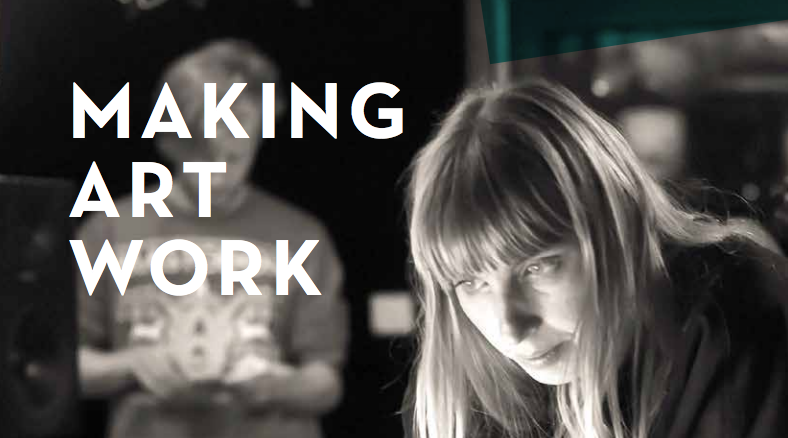Money’s too tight to mention: study finds musicians and artists are earning 21% below average Australian workforce

A new Australia Council for the Arts-commissioned study presents a poignant picture of the economic reality for musicians and artists – and one which the music and arts sectors will have to address if they are to remain vital.
More people are considering arts and culture as playing important roles in our lives.
But on average 21% of artists are earning less than the average Australian workforce – and income from creative work has decreased by 19% since the last survey in 2009.
Even worse, a quarter complains that their copyright has been infringed.
68% of the near-1000 surveyed would like to spend more time on their creative pursuits. But 77% have to take day jobs. 51% last year applied their creative skills in other industries, up from 36% in 2009.
Most of this outside work is in education or research (39%), charities or non-profit organisations (23%), media and broadcasting (19%), health and welfare (14%) and consulting (13%).
These figures are from Making Art Work: An Economic Study of Professional Artists in Australia by David Throsby and Katya Petetskaya.
It is the sixth in a series carried out independently over thirty years by Professor Throsby at Macquarie University, with funding from the Council.
Professor Throsby said the study highlights ongoing and increasing challenges to ensuring artist careers continue to be sustainable in Australia.
He explained, “Artists are highly skilled professionals with a passionate commitment to their craft – but too often they are expected to work for love, not money.
“The digital environment presents new opportunities and challenges for artists.
“There are more ways to connect with audiences and distribute work, but also greater exposure to unauthorised exploitation of ideas and labours.”
According to the survey, professional musicians and composers make up the most in the arts sector, with a total of 15,400.
They are followed by 8600 visual artists, 7900 actors or directors, 7900 writers and 3000 craft practitioners.
The highest age group is the over 55s (making up 41%), the 35—5s (37%) and then the under 35s (21%).
The full report is here.
Key findings are:
* Most (43%) make money from being self-employed freelancers. But half of them are on hourly rates and work without contracts.
35% are lucky enough to get royalties and advances, and 18% get fellowships and grants.
* Disparities in representation and income persist: 9% of artists identify with disability (compared to 18% of the Australian population) and 10% as having a non-English speaking background, compared to 19% of the wider society.
* Female artists earn 25% less than male artists overall, and 30% less for creative work.
* More artists realise that their transferable skills and interdisciplinary thinking are abilities considered vital for innovation and future workforce needs. As a result, seven in ten at all career stages are still engaged in training (72%, up from 39% in 2009).
* The study says, “Digital disruption is providing opportunities and challenges for artists.
“Many artists are embracing new technology as the way forward.
“Almost seven in ten regularly use technology in the process of creating art and 27% use the internet to create collaborative or interactive art with others, up from 14% in 2009.
“Four in ten are selling work online through their own site (41%) and the same proportion are selling through a third party’s site (39%).”
* There’s a greater awareness of copyright protection. 33% received payment through a copyright collecting society, double that of the 15% in 2009.
About a quarter (26%) report their copyright has been infringed in some way, and 21% their moral rights.
* Many turn to funding from organisations to survive. 30% applied to the Australia Council between 2010 and 2015, 26% to state and territory governments and 24% to arts organisations.
Australia Council CEO Tony Grybowski said that the arts are central to the lives of Australians (especially in culture, identity and economy) and have a critical role as we navigate accelerated technological and social change as a nation.
But, he added, “If we want Australian stories to keep being told and Australia’s diverse artistic talent to succeed locally and internationally we must consider the support structures, protections and remuneration of Australian artists.”

































